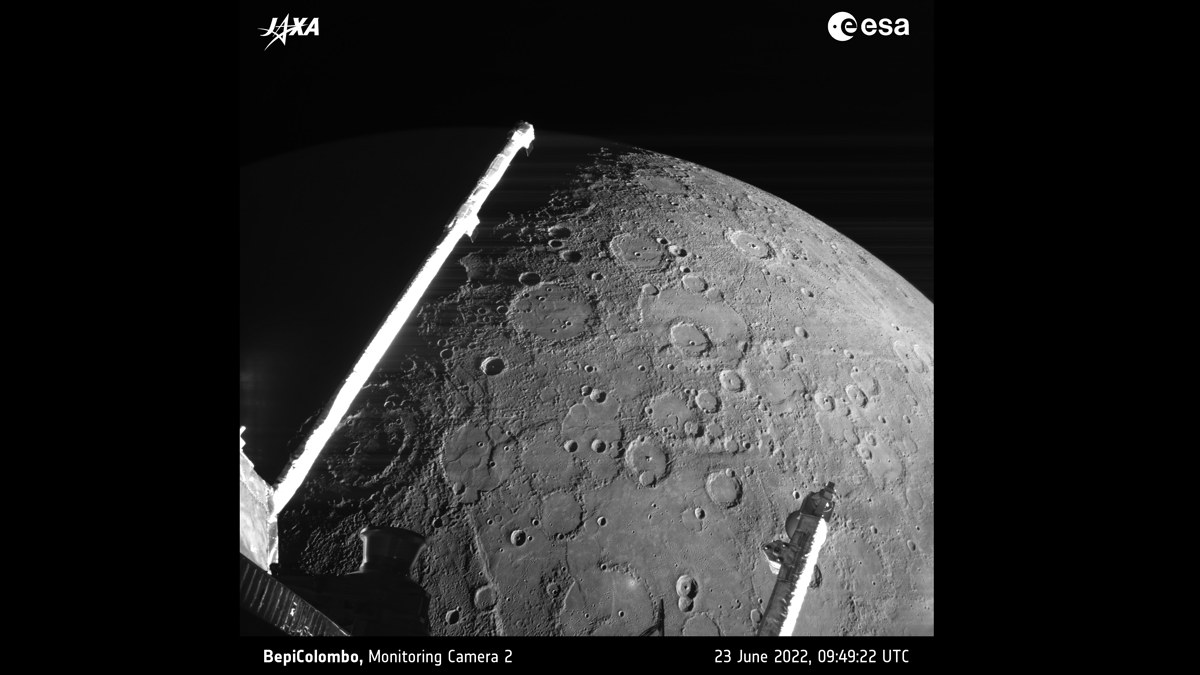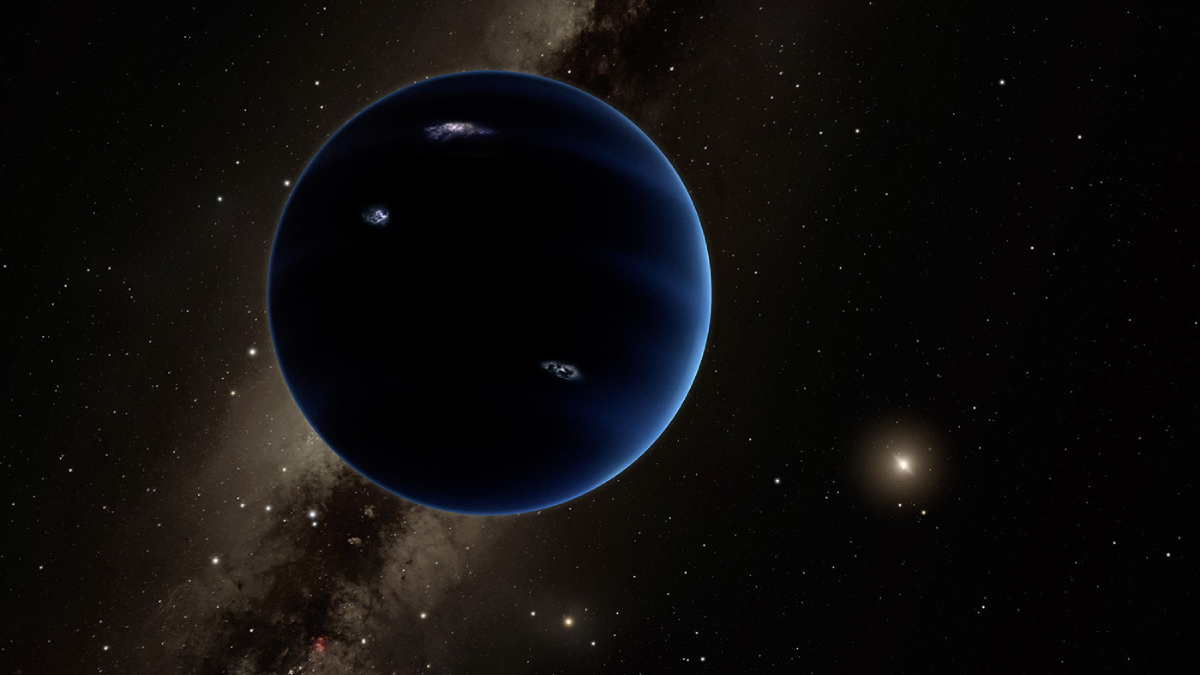OSIRIS-REx will help reveal Bennu’s detailed carbon chemistry and history of space weathering and unlock a key piece of the solar system’s early history.
Kimberly M. S. Cartier
Kimberly M. S. Cartier, Senior Science Reporter for Eos.org, joined the Eos staff in 2017 after earning her Ph.D. studying extrasolar planets. Kimberly covers space science, climate change, and STEM diversity, justice, and education
Underground Heat Could Be a Problem, or a Perk, for Chicago Buildings
Heat released by old and inefficient Chicago buildings could, if harnessed, be an energy solution.
Rare Granite Body Discovered on Moon’s Farside
The granite couldn’t have formed the same way that it does on Earth—with liquid water and plate tectonics. So how did it get there?
Drought Leads to More Fossil Fuel Emissions
Hydropower lost in one area is often replaced by fossil fuel power produced elsewhere—and renewable energy sources may struggle to meet electricity demands caused by more frequent dry spells.
Christopher Kyba: Luck in Light Pollution
A series of serendipitous encounters shaped Kyba’s path from particle physicist to dark sky defender.
Spacecraft to Swing Past Mercury for Third Time
With each flyby, the BepiColombo mission gets another boost of energy for its eventual orbital insertion around Mercury.
Saturn’s Shiny Rings May Be Pretty Young
The rings are fairly shiny despite being bombarded by dust, indicating that they haven’t been around for very long.
Spain’s Seafaring Sports See Fewer Calm Days
Knowing the best days for calm or active water activities can strengthen the local economy and help tourists optimize their trips.
A Mission to Uranus Could Help Find Planet 9
Narrowing down the search is essential for gaining time on a high-powered telescope that could spot the hypothesized planet directly.
Rocky Exoplanet May Have Magnetic Field
Magnetic interactions between stellar wind and the planet likely caused extrasolar space weather.










